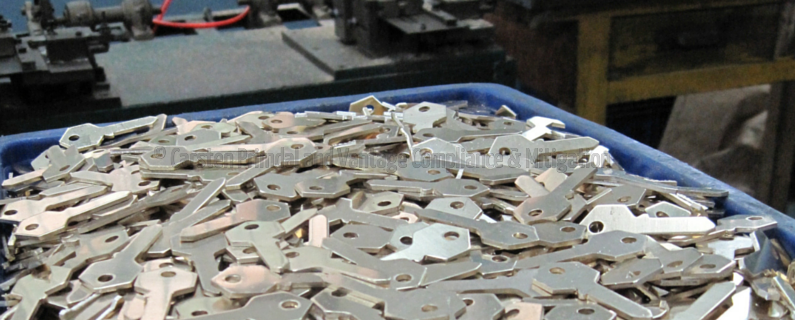There is no better time than now to move your manufacturing processes to China. Yes, there continues to be inconsistency across the manufacturing industry regarding levels of product quality, standardized manufacturing processes, and credible facility certifications. And yes, the country lags behind other industrialized nations regarding overall output and economic growth through the manufacturing sector. However, a number of current Chinese market factors are evolving, and together, they represent a more optimistic picture for future manufacturing endeavors.
Firstly, the Chinese manufacturing sector has actually been contracting slightly this year, for the first time in the past two years. The January 2015 purchasing managers index (PMI – an index that tracks activity in factories and workshops) recorded a level of 49.8. Anything above PMI level 50 signals industrial expansion. Stalled factory production and soft exports combined with the weakened Chinese housing sector to slow the growth of the overall economy to under 7.4% in 2014. This level marks its lowest point since the 3.8% registered in 1990.
Secondly, the slowing economy has stimulated Chinese plans for big growth over the next ten years. The “Made In China 2025” strategy was unveiled in May 2015. It is aimed at improving the manufacturing sector to be the strongest in the world, surpassing the industrial giants of Germany and Japan within the decade. The overall goal is to move the industrial sector from lower end manufacturing to higher value-added production quality, using innovative technologies and techniques. While doing so, China will address the three biggest challenges it currently faces; lack of innovation, weak core technologies, and excessive energy consumption and pollution. All Chinese manufacturing systems will evolve, as the plan includes improvements in both internal capacity (Chinese based technology innovations; further integration of information and industrialization and developing service-oriented manufacturing processes) and international satisfaction with Chinese produced goods (strengthened industrial foundations; quality assurance; promoting green production values and the “internationalization” of manufacturing standards).
The Chinese government has formed a committee to oversee this transformation of the nation’s manufacturing sector.
So, how does an international company access the existing Chinese manufacturing sector to take advantage of the improving opportunities? Start by looking for answers to two critical questions:
1) With whom do you want to work?; and 2) How will you work with your new partner securely and effectively?
1. With Whom Do You Want to Work?
When you are dealing long distance with a potential overseas manufacturer, it’s hard to know if they are who they say they are. Unfortunately, the media reports many instances of unscrupulous “Industry Agents” in many Chinese sectors. These fraudulent folks purport to represent a quality Chinese producer, take the money for the order and then disappear completely, leaving the off-shore purchasers with no goods and less money. To avoid this fraud, it is smart to obtain early verification of the factory’s existence, its certifications and licenses, and its practices for adhering to quality production standards. The verification will provide the confidence necessary to move forward with the project, knowing that your selected factory is a reliable manufacturer of high-quality supplies and merchandise.
2. How Will You Deal With Your New Partner Securely and Effectively?
Any new relationship needs time to develop, as the parties demonstrate their skills, abilities and, yes, deficiencies. Manufacturers who are new to this industrial sector will benefit from going slowly and cautiously, to reduce the risk of loss and build a strong, reliable relationship. Because the vetting and hiring process has so many factors involved (sample production, production timing, costs of supplies, etc.), there are several incremental steps that can be taken initially, which allow both parties to demonstrate their reliability and qualifications.
Manufacturers who wish to enter this market at this time have the added benefit of access to qualified, credible and reliable Chinese Manufacturing consultants. These professionals can identify the quality factories, explain the varying standards, licenses and certifications, and assist in negotiating a sound production contract. At Vantage Compliance, we have years of experience in all aspects of the Chinese manufacturing sector, so we can get you in and started quickly and with confidence.To better understand how you can validate your suppliers you can download a free checklist “New Supplier OnBoarding Checklist” here.
https://vantagecompliance.com/buying-from-china-bg/
These checkpoints are not only for new suppliers, in fact they should be checked and verified regularly for all suppliers.This blog was written by Carsten Primdal, an independent consultant who helps businesses that have manufacturing done overseas – especially in China – minimise supply chain risk.Drawing on years of on-the-ground experience and a strong understanding of the cultural and commercial context, Carsten is passionate about helping his clients gain greater control over the risks most companies face knowingly or unknowingly.
Urgent issues? Questions? Concerns? If you are considering/already buying from Chinese factories and would like more information, please feel free to contact us.
I can be reached at carsten@vantagecompliance.com or on (+61) 413 089 020



